Virtual appointments for canadians ONLY!
How Air Sealing Can Drastically Improve Your Home’s Energy Efficiency ?
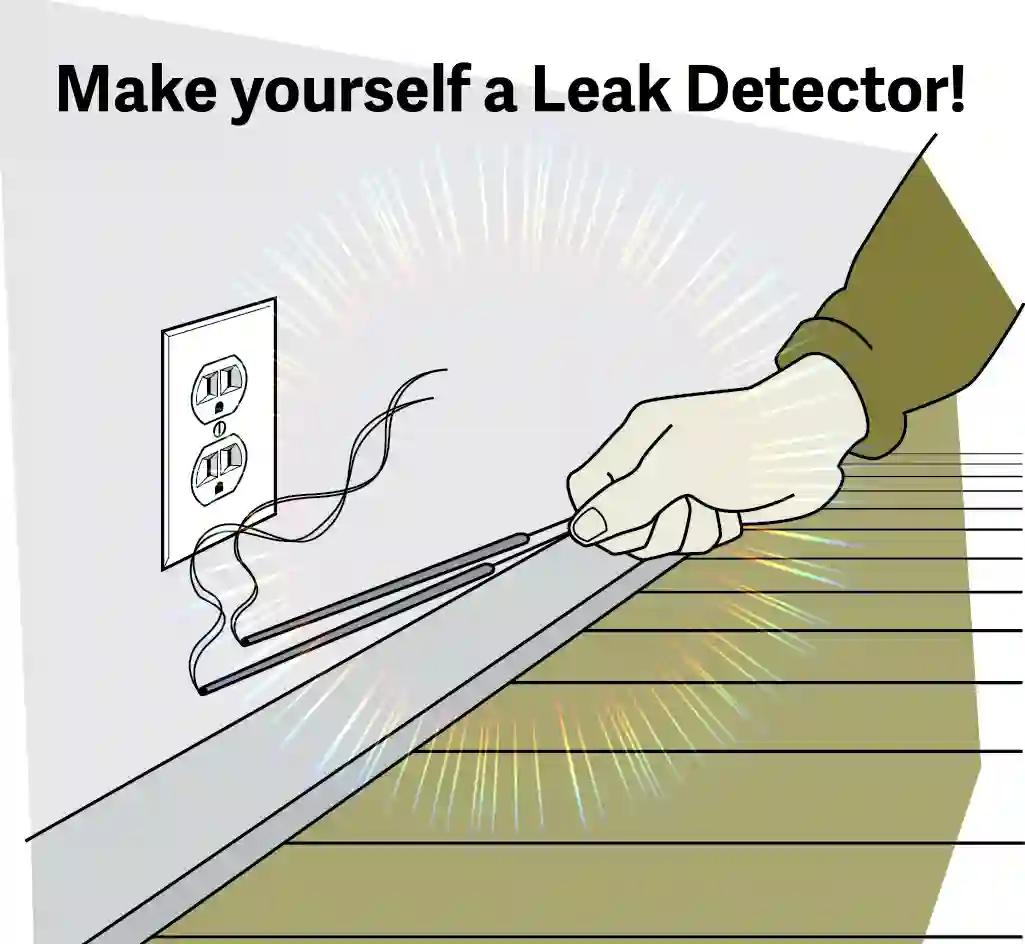
If you’ve ever noticed drafts creeping in during winter or struggled to keep your home cool in summer, chances are your house has air leaks. These sneaky gaps and cracks might seem minor, but they can waste a surprising amount of energy and money. The good news? Air sealing is a simple yet highly effective way to boost your home’s efficiency, reduce utility bills, and even improve comfort.
What Is Air Sealing?
Air sealing involves closing up unwanted gaps, cracks, and openings in your home’s structure where air escapes or enters. These leaks are commonly found around windows, doors, electrical outlets, attic hatches, and even where walls meet floors. While insulation helps regulate temperature, it doesn’t stop airflow, that’s where air sealing comes in.
Think of your home like a leaky boat. No matter how much you bail out water or in this case, heat or cool air, you’ll keep losing energy unless you patch the holes.
Why Air Sealing Matters for Energy Efficiency ?
- Reduces Heating and Cooling Costs
When warm air escapes in winter or hot air seeps in during summer, your HVAC system has to work harder to maintain a comfortable temperature. By sealing leaks, you prevent conditioned air from slipping out, which can cut energy bills by up to 10-20%. - Improves Indoor Comfort
Drafty rooms and uneven temperatures are often caused by air leaks. Proper air sealing helps maintain consistent temperatures throughout your home, eliminating cold spots and stuffy areas. - Enhances Indoor Air Quality
Uncontrolled airflow doesn’t just bring in outdoor temperatures—it can also carry dust, pollen, and even pests. Sealing gaps helps keep pollutants out, making your home healthier. - Prevents Moisture Issues
Air leaks can allow humid air to enter walls and attics, leading to mold and rot. By sealing these gaps, you protect your home’s structure from moisture damage.
Common Areas That Need Air Sealing!
Not sure where to start? Here are the most common culprits for air leaks:
- Windows & Doors: Check for gaps around frames and install weatherstripping if needed.
- Attic & Basement: These areas are major escape routes for air—seal around pipes, vents, and wiring.
- Electrical Outlets & Switches: Even small gaps behind wall plates can let air through. Foam gaskets are an easy fix.
- Recessed Lighting: Many fixtures leak air into the attic; special covers can help.
- Ductwork: Leaky ducts waste a huge amount of energy—sealing them improves HVAC efficiency.
How to Air Seal Your Home ?
While some leaks can be fixed with simple DIY solutions (like caulk or spray foam), others may require professional help. Here’s a quick guide:
- Perform a Home Energy Audit
A professional blower door test can pinpoint exactly where air is escaping. Alternatively, you can use an incense stick on a windy day—watch for smoke drifting near potential leaks. - Seal Gaps with the Right Materials
- Caulk: Best for small cracks (under 1/4 inch) around windows and trim.
- Spray Foam: Expands to fill larger gaps around pipes and wiring.
- Weatherstripping: Ideal for movable components like doors and windows.
- Don’t Forget the Attic
Since heat rises, the attic is a major source of energy loss. Seal around chimneys, vents, and any openings leading to living spaces. - Consider Professional Help
For hard-to-reach areas or major leaks, hiring an energy auditor or insulation contractor ensures the job is done right.
Final Thoughts
Air sealing might not be as flashy as solar panels or smart thermostats, but it’s one of the most cost-effective ways to improve energy efficiency. The best part? Many fixes are quick, affordable, and offer immediate benefits.
If you’re tired of high energy bills and inconsistent temperatures, take a closer look at your home’s air leaks. A little sealing today can lead to big savings and a cozier home tomorrow.
Have you tried air sealing? Share your experience in the comments!

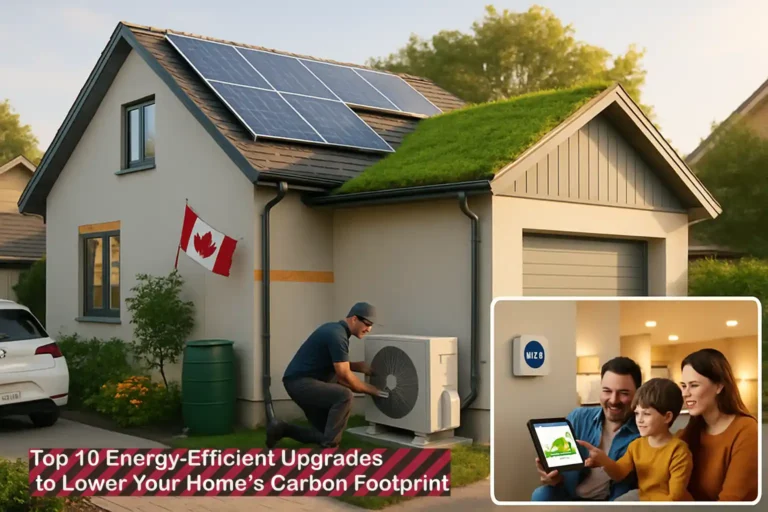
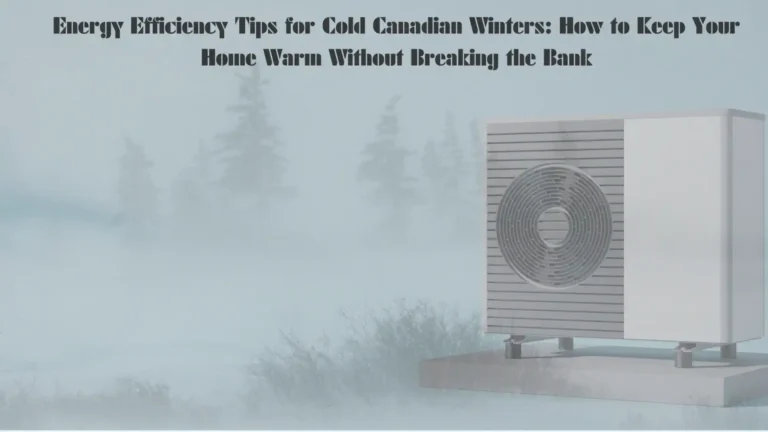

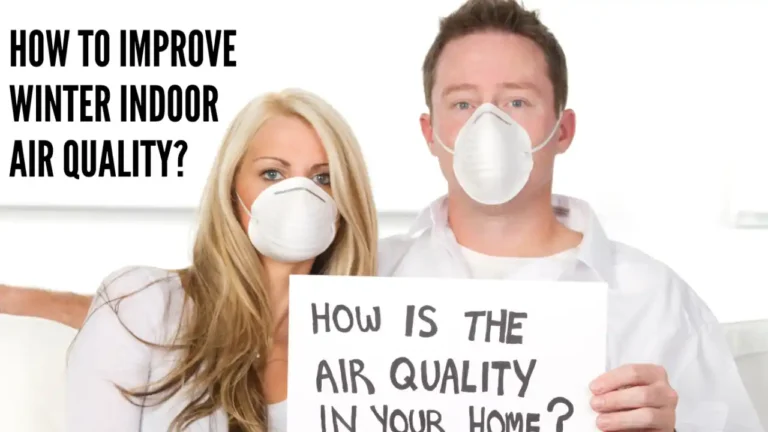
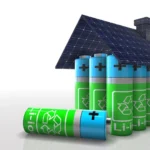
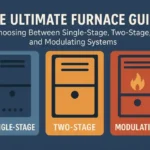
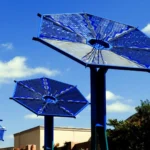

[…] prevents air leaks, stabilizes indoor temperatures, and stops unwanted air exchanges. This level of air sealing keeps heating and cooling systems from running constantly, saving homeowners money on utility […]